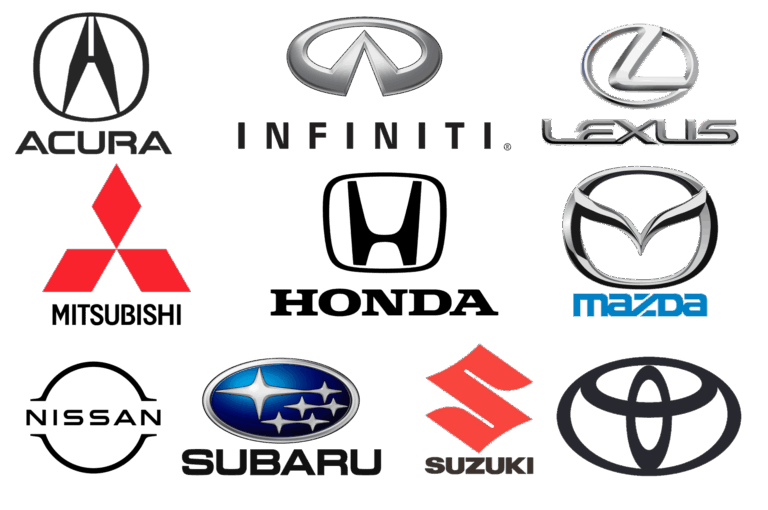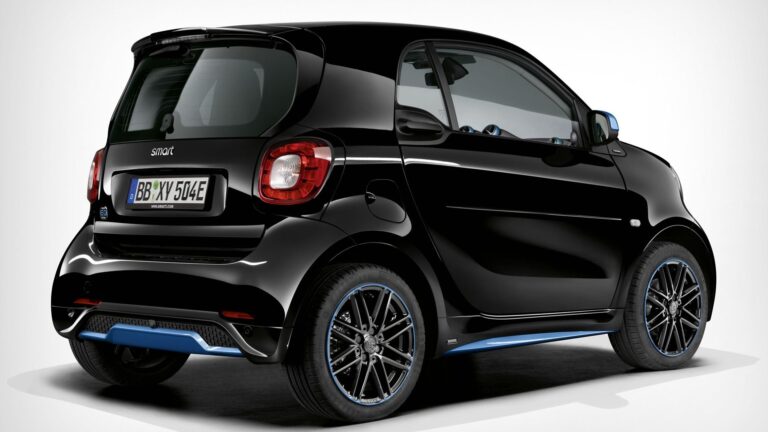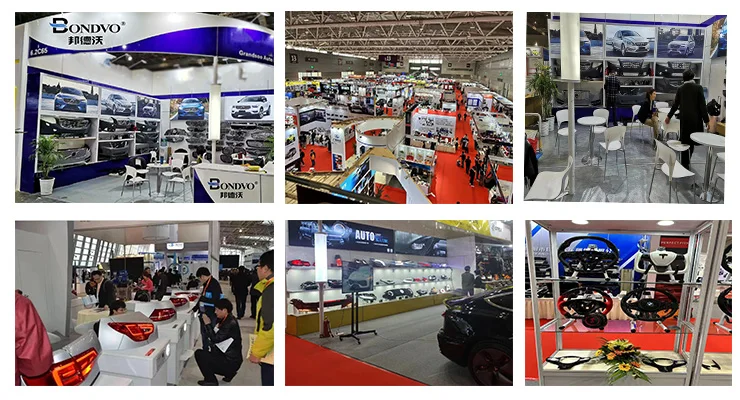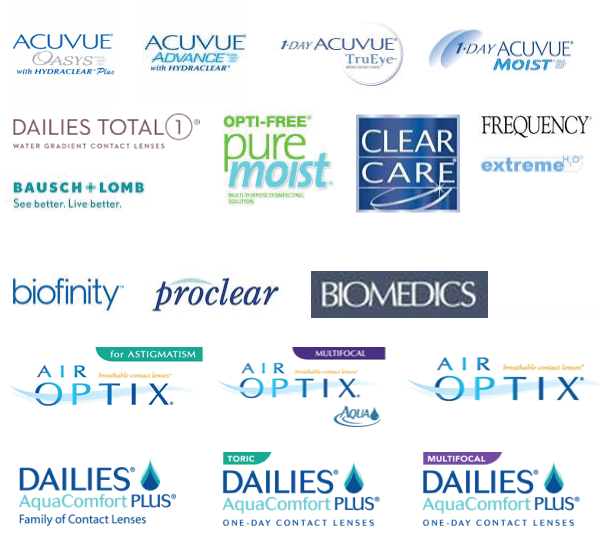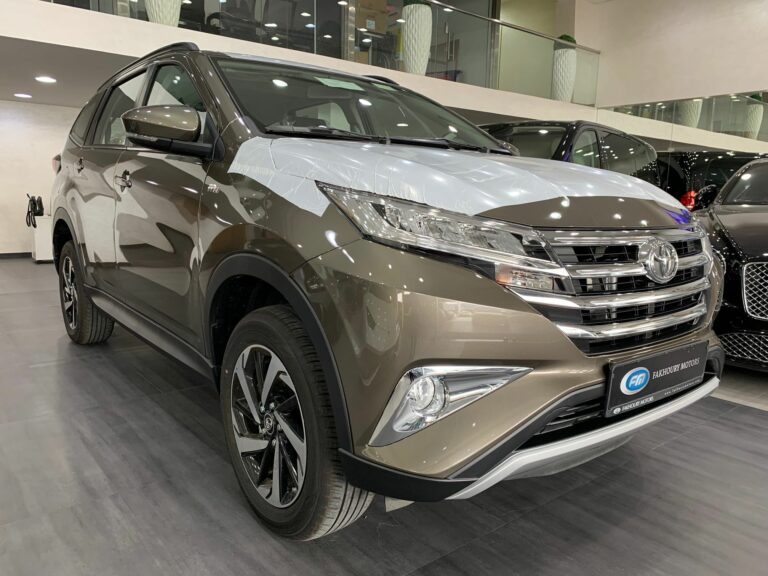Car Brand Safety Ratings: A Comprehensive Guide to Protecting What Matters Most
Car Brand Safety Ratings: A Comprehensive Guide to Protecting What Matters Most cars.truckstrend.com
In an increasingly complex automotive landscape, where cutting-edge technology and sleek designs often take center stage, one crucial factor consistently underpins consumer confidence and peace of mind: safety. Car brand safety ratings are not merely arbitrary numbers or symbols; they represent the culmination of rigorous testing, advanced engineering, and an unwavering commitment to occupant protection. These ratings serve as a vital guide for consumers, allowing them to make informed decisions when purchasing a vehicle, ultimately safeguarding themselves and their loved ones on the road.
Understanding car brand safety ratings is paramount. They provide an objective assessment of how well a vehicle is likely to protect its occupants in a crash and, increasingly, how effectively it can prevent accidents from happening in the first place. For manufacturers, these ratings drive innovation, pushing the boundaries of automotive safety technology. For consumers, they translate directly into a higher likelihood of surviving or avoiding a serious accident, making them an indispensable part of the car-buying journey.
Car Brand Safety Ratings: A Comprehensive Guide to Protecting What Matters Most
What Are Car Brand Safety Ratings?
Car brand safety ratings are standardized assessments conducted by independent organizations to evaluate a vehicle’s ability to protect its occupants in various crash scenarios and its capacity to prevent collisions. These ratings are typically presented as star systems, letter grades, or specific awards, reflecting a vehicle’s performance in a battery of tests. They encompass both "passive safety" – how well a car protects you during a crash (e.g., crumple zones, airbags, seatbelts) – and "active safety" – technologies designed to prevent a crash (e.g., automatic emergency braking, lane keeping assist, stability control).
The primary goal of these ratings is to provide transparent, comparable data across different vehicle models and brands, empowering consumers to prioritize safety alongside other factors like performance, fuel efficiency, and aesthetics.
Key Organizations and Their Methodologies
Several prominent organizations worldwide are dedicated to vehicle safety testing, each employing unique methodologies and focusing on different aspects of car safety. Understanding these key players is crucial for interpreting safety ratings effectively.
1. National Highway Traffic Safety Administration (NHTSA) – USA
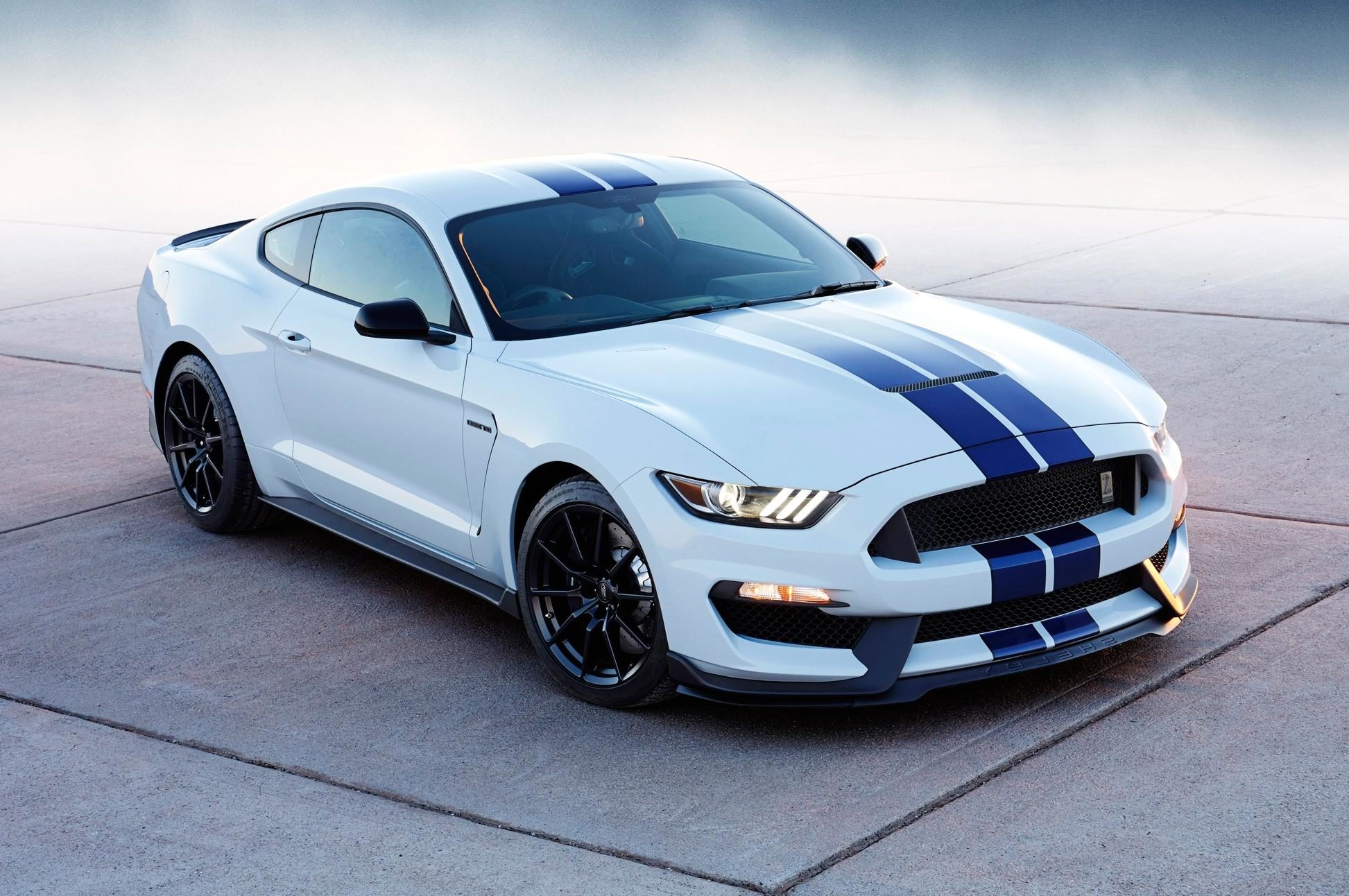
NHTSA’s New Car Assessment Program (NCAP), often referred to as the 5-Star Safety Ratings Program, evaluates vehicle safety based on crash tests and rollover resistance.
- Tests Conducted:
- Frontal Crash Test: Simulates a head-on collision at 35 mph.
- Side Barrier Crash Test: Simulates a side impact with a moving barrier at 38.5 mph.
- Side Pole Crash Test: Simulates a side impact with a fixed pole at 20 mph.
- Rollover Resistance Test: Measures the vehicle’s propensity to roll over in a single-vehicle crash.

- Rating System: A 1 to 5-star rating, with 5 stars indicating the highest level of safety. Individual ratings are provided for frontal, side, and rollover tests, along with an overall vehicle score.
- Focus: Primarily on crashworthiness, with some consideration for recommended advanced driver-assistance systems (ADAS).

2. Insurance Institute for Highway Safety (IIHS) – USA
The IIHS is an independent, non-profit scientific and educational organization funded by auto insurers. It conducts its own rigorous tests, often more challenging than government-mandated ones, and awards "Top Safety Pick" and "Top Safety Pick+" designations.
- Tests Conducted:
- Crashworthiness:
- Small Overlap Front: Simulates a crash where a small portion of the front of the vehicle strikes a rigid barrier.
- Moderate Overlap Front: Simulates a crash where 40% of the front of the vehicle strikes a deformable barrier.
- Side Impact: Simulates a side impact with a large SUV or pickup.
- Roof Strength: Measures the force required to crush the roof.
- Head Restraints & Seats: Evaluates protection against whiplash in rear-end collisions.
- Crash Avoidance & Mitigation:
- Front Crash Prevention: Evaluates automatic emergency braking systems (vehicle-to-vehicle and vehicle-to-pedestrian).
- Headlights: Assesses the effectiveness of headlights in various driving scenarios.
- Crashworthiness:
- Rating System: For individual tests, ratings are "Good," "Acceptable," "Marginal," or "Poor."
- Top Safety Pick: Requires "Good" ratings in all six crashworthiness tests, "Advanced" or "Superior" for front crash prevention, and "Acceptable" or "Good" headlights.
- Top Safety Pick+: Requires "Good" ratings in all six crashworthiness tests, "Advanced" or "Superior" for front crash prevention, and "Good" headlights.
- Focus: Comprehensive evaluation of crashworthiness and the effectiveness of active safety features, particularly ADAS and headlight performance.
3. European New Car Assessment Programme (Euro NCAP) – Europe
Euro NCAP is a leading independent safety assessment program in Europe, highly influential globally.
- Tests Conducted: Comprehensive tests across four main areas:
- Adult Occupant Protection: Frontal, side, and pole impacts.
- Child Occupant Protection: Evaluation of child restraint systems in crashes.
- Vulnerable Road User Protection: Pedestrian and cyclist protection (e.g., impact to head, pelvis, legs).
- Safety Assist: Assessment of active safety features like AEB, lane support, speed assistance, and occupant status monitoring.
- Rating System: A 1 to 5-star rating system, reflecting overall performance across all four assessment areas.
- Focus: A holistic approach covering occupant protection for all ages, vulnerable road user safety, and advanced safety assist systems.
Other regional bodies like ANCAP (Australasian NCAP), C-NCAP (China NCAP), and Latin NCAP also conduct similar tests, adapting methodologies to local conditions and vehicle types.
Understanding the Ratings: Beyond the Stars
While star ratings provide a quick overview, delving deeper into the specific test results offers a more nuanced understanding of a vehicle’s safety profile.
- NHTSA’s 5-Star System: A higher star rating indicates a lower risk of injury in a crash. However, it’s important to note that vehicles are tested within their weight class. A 5-star compact car may offer less protection in a collision with a 5-star full-size SUV than it would in a collision with another compact car.
- IIHS’s "Good" vs. "Top Safety Pick+": The IIHS’s granular ratings (Good, Acceptable, Marginal, Poor) for individual tests reveal specific strengths and weaknesses. For instance, a vehicle might score "Good" in most tests but "Marginal" in the small overlap front test, indicating a specific area for improvement. The "Top Safety Pick+" award signifies excellence across the board, particularly in crashworthiness and the most critical active safety features like headlights and AEB.
- Euro NCAP’s Holistic Approach: Euro NCAP’s star rating is a weighted average of its four assessment areas. A 5-star Euro NCAP rating means the vehicle offers excellent overall crash protection and is well-equipped with comprehensive and robust crash avoidance technology.
Key takeaway: Don’t just look for a 5-star rating. Investigate how those stars were earned. Look for consistent "Good" ratings from IIHS, or strong scores across all categories from Euro NCAP.
How to Use Safety Ratings When Buying a Car
Incorporating safety ratings into your car-buying process is straightforward and critical:
- Start Your Research Early: Before visiting dealerships, identify models that interest you and then check their safety ratings from multiple reputable sources (NHTSA, IIHS, Euro NCAP).
- Prioritize Your Needs:
- Families: Focus on excellent child occupant protection (Euro NCAP), robust side-impact protection, and strong rear crash protection (IIHS head restraints).
- Commuters: Look for strong frontal crash prevention systems (AEB) and good headlight ratings for nighttime driving.
- New Drivers: Prioritize models with standard advanced safety features like electronic stability control (ESC), traction control, and blind-spot monitoring.
- Don’t Just Look at the Overall Score: Drill down into the specific test results. A vehicle might have a good overall rating but perform poorly in a specific test like the IIHS small overlap front, which represents a significant real-world crash type.
- Consider Active Safety Features: Look beyond crash test performance. Modern safety extends to accident prevention. Prioritize vehicles with standard or available ADAS features such as:
- Automatic Emergency Braking (AEB)
- Forward Collision Warning (FCW)
- Lane Departure Warning (LDW) and Lane Keeping Assist (LKA)
- Blind Spot Monitoring (BSM)
- Rear Cross-Traffic Alert (RCTA)
- Adaptive Cruise Control (ACC)
- New vs. Used Cars: While new cars benefit from the latest safety tech and testing, many used cars from the past 5-7 years still offer excellent safety ratings. Always check the specific year and trim level, as safety features can vary.
- Verify Standard vs. Optional Features: Be aware that some high-tech safety features might only be available on higher trim levels or as part of optional packages. Confirm what’s included in the specific vehicle you’re considering.
The Evolution of Car Safety Technology
Automotive safety has come a long way from simply adding seatbelts. The industry has continuously innovated, driven by regulations, consumer demand, and the data from safety rating organizations.
- Passive Safety Milestones: From the advent of three-point seatbelts in the 1950s to the widespread adoption of airbags in the 1990s, crumple zones, and reinforced passenger cages, passive safety has focused on minimizing injury during a crash.
- Active Safety Revolution: The 21st century has seen a surge in active safety technologies. Electronic Stability Control (ESC) became mandatory in many regions and significantly reduced single-vehicle crashes. Anti-lock Braking Systems (ABS) and Traction Control (TC) are now standard.
- ADAS (Advanced Driver-Assistance Systems): This is the current frontier. Cameras, radar, lidar, and ultrasonic sensors power systems that can warn drivers of impending danger, intervene to prevent collisions (e.g., AEB, LKA), and assist with driving tasks (e.g., ACC). These systems are increasingly integrated into safety ratings.
- Future Trends: Vehicle-to-Vehicle (V2V) and Vehicle-to-Infrastructure (V2I) communication, advanced AI-driven prediction systems, and eventually, fully autonomous driving promise to further reduce accidents by eliminating human error. These future technologies will undoubtedly shape the next generation of safety ratings.
Challenges and Nuances in Safety Ratings
Despite their immense value, safety ratings are not without complexities:
- Differing Methodologies: As seen with NHTSA, IIHS, and Euro NCAP, testing methods and criteria vary. A vehicle might perform differently across agencies.
- Newer, Tougher Tests: Safety agencies continuously update their tests to reflect real-world accident scenarios and push manufacturers to innovate. This means a 5-star rating from a decade ago might not compare to a 5-star rating today.
- Vehicle Size and Weight: Larger, heavier vehicles generally offer more protection to their occupants in multi-vehicle collisions. Ratings are primarily for comparison within similar vehicle classes, not across vastly different sizes.
- Cost Implications: Advanced safety features and robust engineering can increase a vehicle’s price, potentially making safer cars less accessible to some budgets.
- Human Factor: No matter how many safety features a car has, driver behavior remains the most significant factor in road safety. Distraction, impairment, and aggressive driving can override even the most sophisticated safety systems.
Practical Advice and Actionable Insights
- Cross-Reference: Always check safety ratings from at least two different reputable organizations (e.g., NHTSA and IIHS in the US, or Euro NCAP and local NCAP in other regions).
- Look for Consistency: A truly safe vehicle will perform well across all tests and from all agencies.
- Prioritize Standard Features: When possible, choose vehicles where key ADAS features like AEB and lane keeping assist are standard, not optional.
- Don’t Compromise: While budget is a factor, view safety as a non-negotiable. The long-term cost of an accident far outweighs the upfront investment in a safer vehicle.
- Maintain Your Vehicle: Proper tire pressure, brake maintenance, and regular servicing contribute significantly to a car’s overall safety performance.
- Drive Responsibly: Remember that safety ratings are a measure of the vehicle’s capability; your driving habits are paramount.
Key Car Safety Rating Organizations and Their Focus
| Organization | Primary Focus | Typical Rating Scale/Criteria | Key Tests/Assessments |
|---|---|---|---|
| NHTSA (USA) | Crashworthiness, Rollover Resistance | 1 to 5 Stars (Overall, Frontal, Side, Rollover) | Frontal Barrier, Side Barrier, Side Pole, Rollover Resistance |
| IIHS (USA) | Crashworthiness, Crash Prevention (ADAS), Headlights | "Good," "Acceptable," "Marginal," "Poor" (for individual tests); "Top Safety Pick," "Top Safety Pick+" awards | Small Overlap Front, Moderate Overlap Front, Side, Roof Strength, Head Restraints, Front Crash Prevention (AEB), Headlights |
| Euro NCAP (Europe) | Adult/Child Occupant Protection, Vulnerable Road User Protection, Safety Assist (ADAS) | 1 to 5 Stars (Overall, with detailed scores for each area) | Full-Width Frontal, Mobile Progressive Deformable Barrier (MPDB), Side Barrier, Side Pole, Far Side Impact, Pedestrian/Cyclist Impact, AEB (Car-to-Car, Pedestrian, Cyclist), Lane Support, Speed Assistance |
Frequently Asked Questions (FAQ)
Q1: Are all 5-star safety ratings equal?
A1: Not necessarily. While a 5-star rating indicates top performance within a specific testing regime, methodologies differ between organizations (e.g., NHTSA vs. IIHS vs. Euro NCAP). Additionally, tests evolve; a 5-star rating from 10 years ago might not be as stringent as a current one. Always look at the specific test results and the year the rating was issued.
Q2: Do older cars have good safety ratings?
A2: Generally, newer cars benefit from continuous advancements in safety technology and stricter testing standards. While an older car might have received a good rating at the time of its release, it’s unlikely to match the overall safety performance of a modern vehicle with advanced crash structures and active safety features.
Q3: How often are safety ratings updated?
A3: Safety rating organizations typically update their criteria and tests periodically (e.g., every few years) to reflect new technologies and real-world accident data. Individual vehicle ratings are usually valid for the specific model year tested, or until the vehicle undergoes a significant redesign.
Q4: Does a higher price mean a safer car?
A4: Not always. While luxury vehicles often offer advanced safety features as standard, many mainstream economy cars also achieve top safety ratings. Price can correlate with more premium materials or a wider array of optional safety tech, but it’s not a direct guarantee of superior crash performance. Always check the ratings.
Q5: Are crash avoidance features more important than crashworthiness?
A5: Both are crucial and complementary. Crash avoidance features (active safety) aim to prevent accidents entirely, which is the ideal scenario. Crashworthiness (passive safety) is essential for minimizing injuries if an accident cannot be avoided. A truly safe car excels in both areas.
Q6: Can I improve my car’s safety rating after purchase?
A6: You cannot change a car’s inherent safety rating, which is based on its design and tested performance. However, you can enhance its safety by:
- Ensuring proper maintenance (brakes, tires, lights).
- Installing aftermarket dash cams or blind-spot monitors (though these don’t replicate integrated OEM systems).
- Most importantly, practicing safe and defensive driving habits.
Conclusion
Car brand safety ratings are far more than just marketing tools; they are powerful indicators of a vehicle’s ability to protect lives. By understanding the methodologies of leading safety organizations like NHTSA, IIHS, and Euro NCAP, and by delving deeper into specific test results rather than just overall scores, consumers can make profoundly informed decisions. The ongoing evolution of safety technology, from robust passive protection to sophisticated active prevention systems, continues to make our roads safer. Ultimately, choosing a vehicle with strong safety ratings is an investment in peace of mind, a testament to the fact that when it comes to personal mobility, safety should always be the ultimate luxury.


